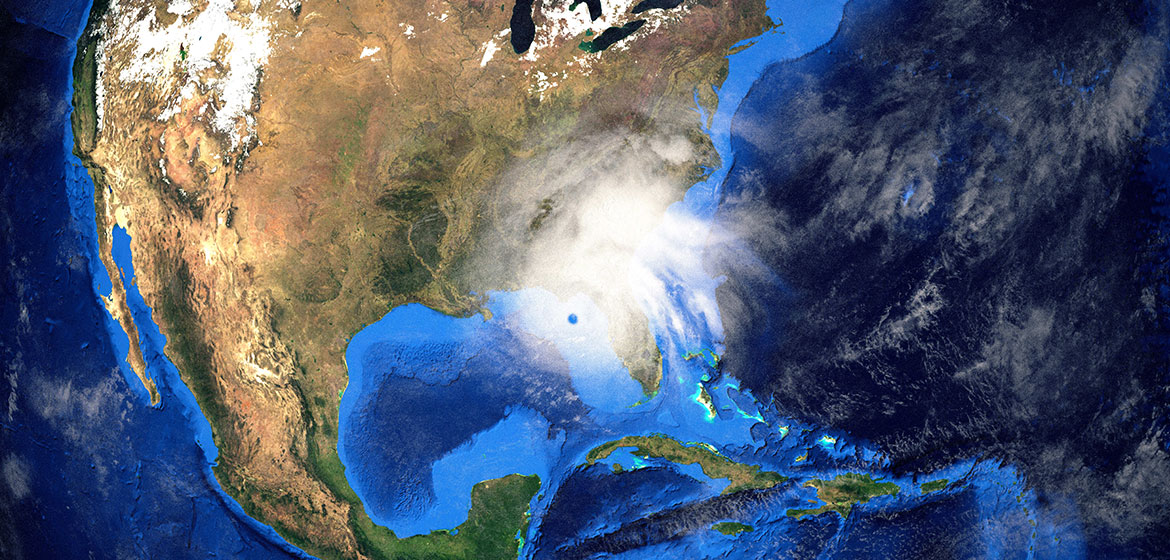Understanding The 5 Stages Of A Hurricane

Hurricanes are powerful and destructive tropical cyclones that can cause widespread damage to coastal areas. These storms can be extremely dangerous, and it’s important to understand the different hurricane stages in order to better prepare and stay safe.
In this article, we will delve into the stages of hurricanes and what to expect during each phase. We will also be discussing what we can do to help you navigate the claims process.
Tropical Disturbance
The first stage of a hurricane begins as a tropical disturbance, which is an area of low pressure with thunderstorms in the tropics. These disturbances often form over warm ocean waters and can last for several days. They are given a number or a letter by meteorologists to help track their progress. At this stage, the system has not yet developed the rotation and sustained winds that characterize a hurricane.
Tropical Depression
If a tropical disturbance becomes more organized and its sustained winds reach 39 miles per hour (63 kilometers per hour), it is classified as a tropical depression. At this stage, the system begins to develop a well-defined center with rotating winds. However, the overall structure is still relatively weak, and the storm does not yet pose a significant threat.
Tropical Storm
As a tropical depression gains strength and its sustained winds reach 39 to 73 miles/hour (63 to 118 kilometers/hour), it is upgraded to a tropical storm. At this stage, the storm is given a name by the National Hurricane Center to aid in communication and tracking. Tropical storms can bring heavy rainfall, strong winds, and storm surges, which are elevated sea levels caused by the storm’s winds and low pressure. While tropical storms can cause damage and flooding, they are not as destructive as hurricanes.
Hurricane
When a tropical storm reaches sustained winds of 74 miles per hour (119 kilometers per hour) or higher, it is classified as a hurricane. Hurricanes are categorized on the Saffir-Simpson Hurricane Wind Scale, which ranges from Category 1 (weakest) to Category 5 (strongest). A Category 1 hurricane has winds between 74 and 95 miles per hour (119 to 153 kilometers per hour), while a Category 5 hurricane has winds exceeding 157 miles per hour (253 kilometers per hour) or higher. Hurricanes are capable of causing widespread devastation, including severe damage to buildings, infrastructure, and natural environments, as well as posing a significant threat to human life.
Dissipation
After a hurricane makes landfall or moves into colder waters, it begins to weaken and eventually dissipate. The storm loses its source of energy from warm ocean waters and can also be disrupted by land interaction, wind shear, or other atmospheric conditions. As a result, the storm’s winds decrease, and it gradually loses its characteristic structure. However, even as a hurricane weakens, it can still pose risks, such as heavy rainfall, flash flooding, and landslides.
Dealing with insurance claims can be time-consuming and stressful, especially during the chaotic aftermath of a hurricane. Insurance companies may try to minimize claim payouts or deny valid claims, especially during the high-volume period after a hurricane. We provide expert negotiation and advocacy services to ensure that you receive fair and just compensation for your losses. We can also effectively negotiate with the insurance company on your behalf to maximize your insurance recovery.